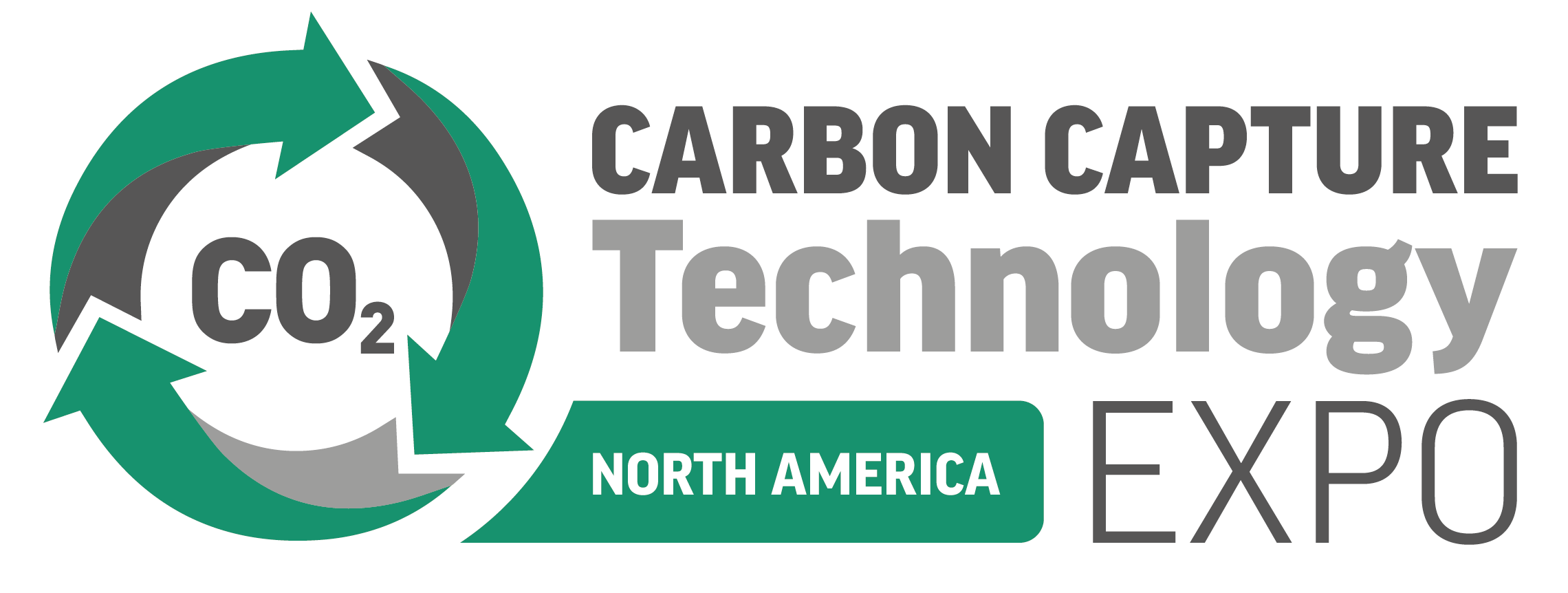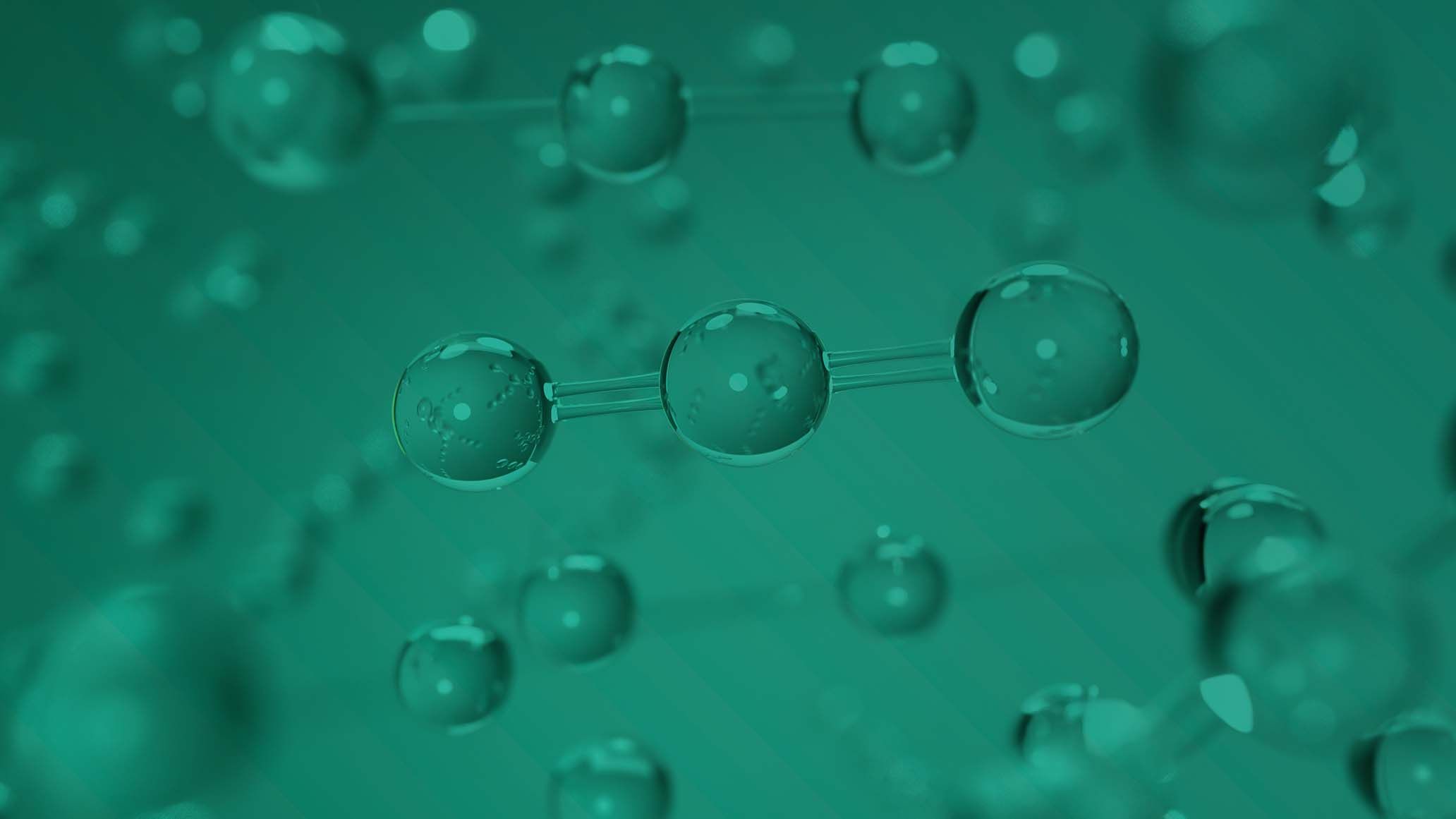Metsä Group and ANDRITZ plan to investigate CCS opportunities in a wood processing mill
)
Metsä Group and ANDRITZ have decided to create a study which will focus on the largest wood-processing mill in the northern hemisphere. The project will be dedicated to exploring the capture of four million tons of CO2 from this location.
The reason for this interest, comes from Metsä Group’s ability to generate around twelve million tonnes of wood-based carbon dioxide per year. From this, an idea around using this CO2 as a raw material in place of fossil material substitutes was created. This is both an innovative idea and it will align with the current market as the related technology and markets start and continue to develop. One example of the potential of this method, is that renewable hydrogen and wood-based carbon dioxide could be suitable to produce synthetic methane and methanol. These products could then go into being used as raw materials within the chemical industry.
The purpose of this study is to explore and confirm what the optimal size of a recovery system would be, where it would be the most energy efficient, once it is paired with the bioproduct mill. The companies will also take into consideration what the cooling logistics and requirements of this system would be. Both companies have made it clear that the overall goal of this project is to use the electricity, heat and steam generated in the bioproduct mill in a way that is as efficient as possible, this means that the system would not produce any excess heat.
Following the investigation with ADNRITZ, the next steps for the project will be to proceed to the pilot phase in Metsä Group’s mill area, which is located in Rauma and this part of the project will occur in 2025. It is clear that if carbon dioxide capture is proven to be viable, then a new high-volume wood-based raw material will enter the market for the forest industry.
This current project is a step on from a previous carbon capture project which was launched in 2023. Now, the use of carbon dioxide as an amine solution, has been proven as a technology and it has been in use worldwide for decades. Therefore, this idea to combine this technique with a pulp or bioproduct mill is an excellent and innovative step forwards for the industry.
Metsä Group’s EVP, Strategy, Sari Pajari-Sederholm, commented, "Our goal at Metsä Group is to process northern wood into increasingly valuable products. If implemented, carbon dioxide capture would open up opportunities for a significant new chemical industry in Finland and boost the Finnish hydrogen economy.”
Vice President, Sales and Business Development, Carbon Capture, from ANDRITZ, Klaus Bärnthaler, added, "The investigation by ANDRITZ and Metsä Group is pioneering work in carbon dioxide capture and the first step towards the production of renewable fuels from wood-based carbon dioxide. Efforts to reduce carbon dioxide emissions are increasing the demand for renewable fuels, which can be met by the side streams from bioproduct mills.”



)
)
)
)
)
)
)



)
)
)
)
)
)
)
)
)
)
)
)
)
)

)

)
)
)

)
)
)
)
)
)
)
)
)
)
)

)

)
)
)
)
)
)
)
)
)


)
)
)

)
)
)

)
)
)
)
)

